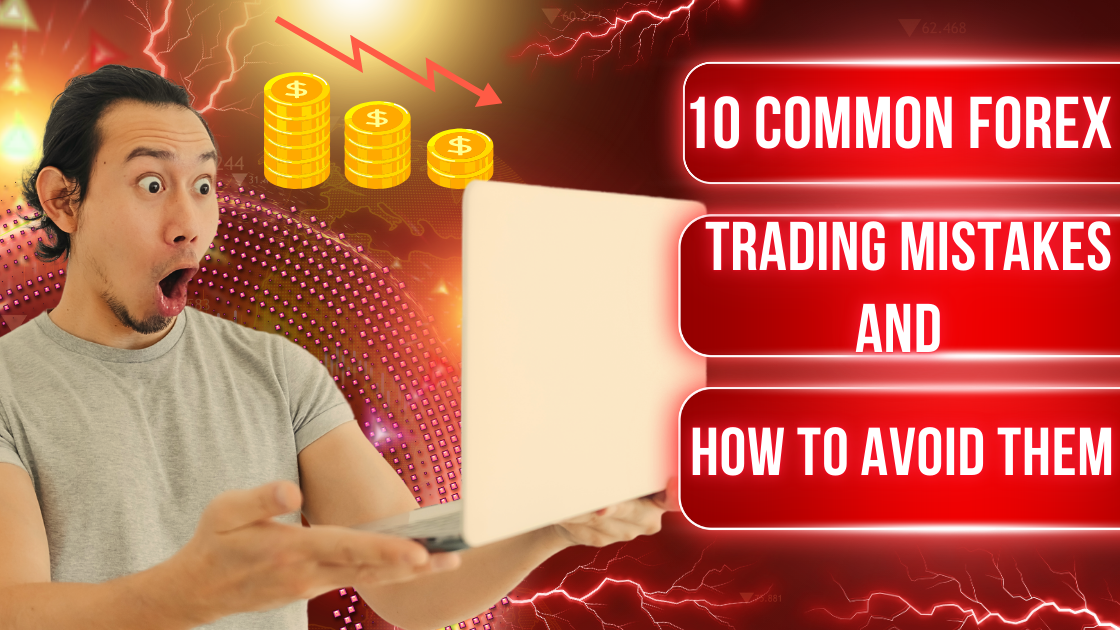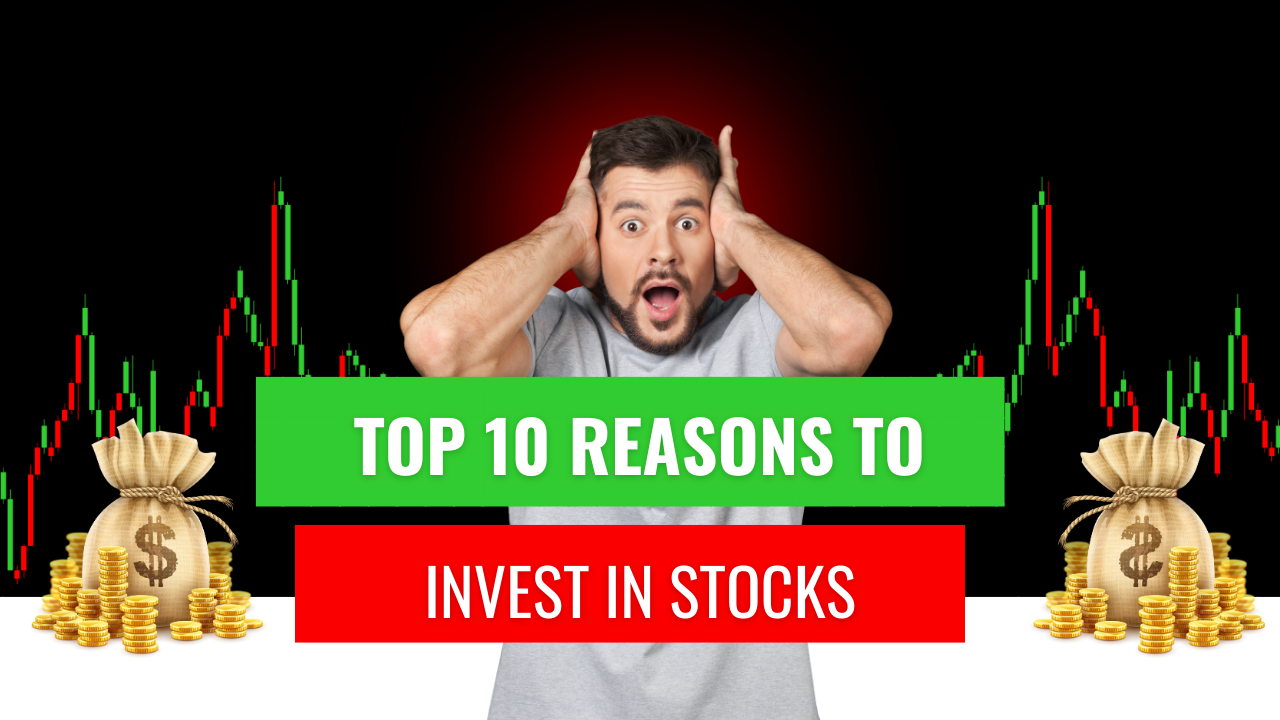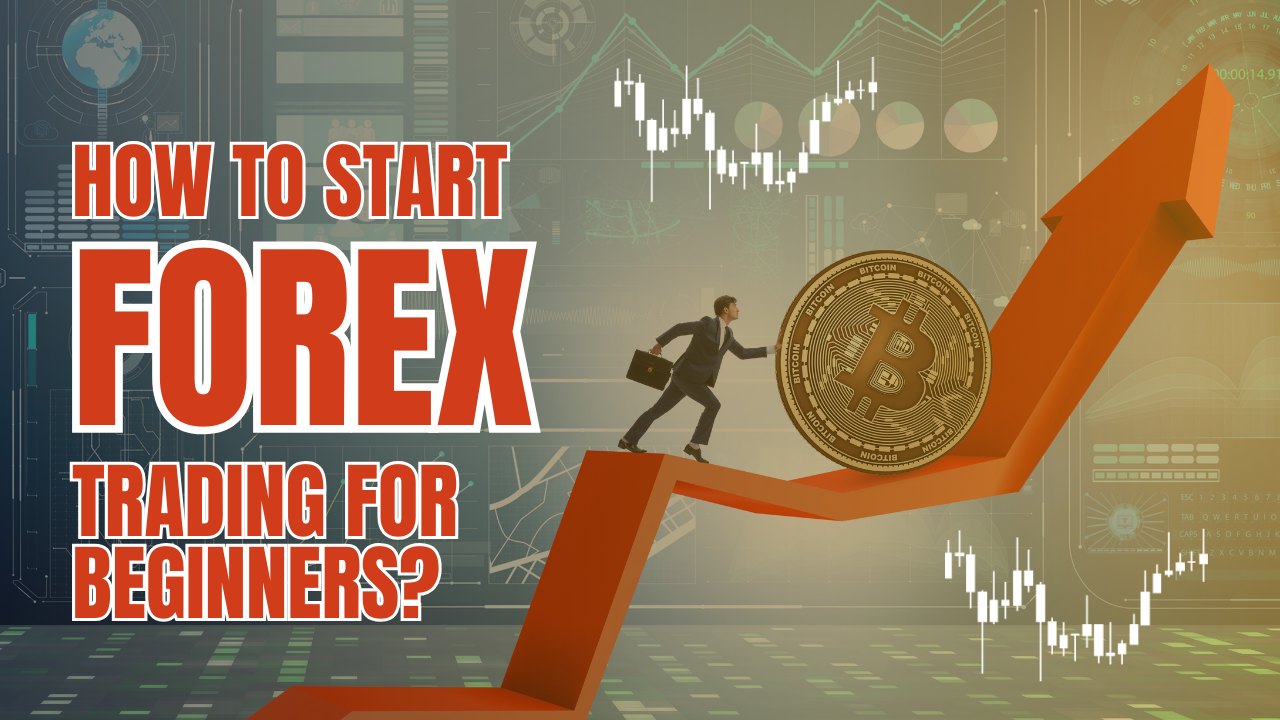Could Amazon’s bad performance cause eBay’s stocks to turn on a dime?
Amazon’s (AMZN) first-quarter earnings miss and weaker-than-expected second-quarter outlook, released after the market closed on Thursday, could present an attractive investment opportunity in another retailer. I’m looking at eBay (EBAY) in particular. AMZN shares were down roughly 8.5 percent and eBay’s stocks were down 2 dollars in pre-market trading, hours before the market opened.
The latter online retailer has had a difficult start to 2022, with its stock down 20%. While I have reservations about a number of merchants’ ostensibly low forward price-to-earnings ratios, particularly specialty and apparel stores, I feel EBAY is on another level. Where else can you get a replacement hubcap, a 1988 Fender Telecaster, a chainsaw, an original 1977 Seattle Mariners game-used jersey, and a Cleveland Indians stock certificate, to name a few things I’ve bought over the years? It’s one of the few sites I visit every day in search of the latest find, whether it’s a treasure or a mundane household or electronic item.
The days of trading at large multiples of earnings have passed us by. Shares are currently trading at around 12-times trailing earnings, 1-time consensus expectations for 2023, and 10-times for 2024. EBAY has switched from growth stock to value stock mode. The company’s balance sheet is solid, with $9 billion in cash and investments by the end of 2021 ($1.7 billion in long-term corporate and government/agency securities). In addition, the corporation controls 33 percent of Norway’s Adevinta (ADEVF), a share that was purchased in a $9.2 billion cash and stock deal in return for eBay’s classified ad division, and was carried on the year-end balance sheet at $5.4 billion. EBAY’s debt was $9.1 billion at the end of the year.
EBAY has also been a serial share repurchaser, with the number of shares outstanding practically halved in the last six years. The current buyback authorisation, which was established in February, amounts to $4 billion. That works out to around 74 million shares at the current price. The current dividend of 22 cents yields 1.6 percent. Since its inception in 2019, the dividend has grown at a compound annual growth rate of 16 percent. If done correctly, the combination of increasing dividends and stock buybacks can be very effective.
But I’m not in a rush to make a decision. The value, while intriguing, comes at a time when we may be on the verge of a recession, with yesterday’s Gross Domestic Product print of a 1.4 percent drop maybe beginning to tell the tale, and I believe we are already there. If one is offered, I will seek out a more appealing entry point (or points).











